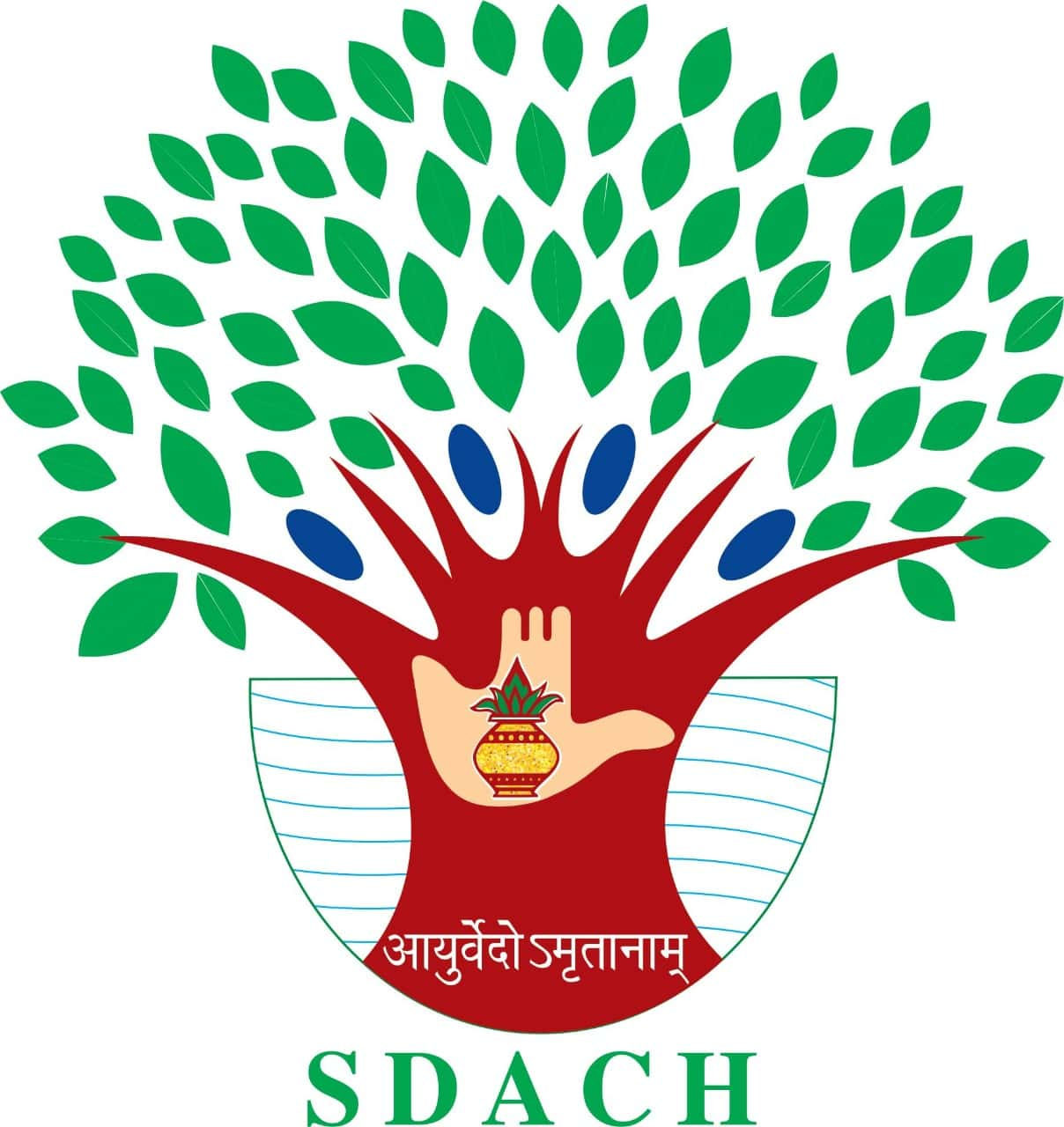Botanical Name : Pterospermum canescens Roxb.
Family : Sterculiaceae
Identification No.: SDACH/HG/096
Introduction :
Latin name: Pterospermum = Pteron = wing. spermum= seed : suberifolium = cock like leaves
Names in different Indian languages :
Hindi : Muchukunda
Kannada : Toddagiringa
Malayalam : Chittilaplavu, Muchukundam
Sanskrit : Muchukunda
Tamil : Sempulavu
Telugu : Lolagu
Synonyms :
मुचुकुन्दः कनकाह्वयः पुष्पदन्तोऽथ कर्णिकः।
तथा चाम्रपर्णी प्रोक्ता वातघ्नी मधुरा स्मृता॥”
Kshatravruksha, Chitrak. Prativishnuk. Bahupatra, Supushpa. Adhyarhi. Lakshmanav. Raktaprasav,vasu
Pterospermum uberifolium Lam. non-Roxb.
Morphology :
A tree with scented, brown flowers.
Leaves – large, shield-like, (thus called kshatravruksha) upper surface green. lower is white. Shows vertical cracks on the bark. Trunk is brownish in colour. Branches – closely packed. Seeds are winged. Flowering occurs in summer.
Distribution & Habitat :
Throughout India
Chemical constituents :
arachidic, linoleic, myristic, oleic, palmitic and stearic acids, beta-sitosterol,
Properties :
Guna: ruksha
Rasa: kashaya, katu, tikta
Vipaka: katu
Virya: ushna
Karma :
Rakta prasadana, sopha hara carminative, digestive,astingent,
Indication :
Kasa, swasa, sira peeda, raktapitta
migraine
Part used :
Whole plant, mainly flowers
Dosage :
Leaf juice 10-15 ml
Powder 2-4 g
Decoction 50-100 ml
Amayika Prayoga
External uses :
Its local application is soothing and alleviates burning sensation in headache, bleeding piles and chicken pox.
Internal uses :
Analgesic in vata diseases. Muchkunda is useful as an astringent in brood and bile related disorders. It controls bleeding in piles when given as a powder of flowers along with honey and sugar. It is also useful in bronchitis, asthma and skin diseases.
Formulations (Yoga):
– Muchukundadi Kwatha (for wounds)
– Kanakahwya Lepa (skin conditions)
IUCN Status: Least Concern
Research Updates (Last 5 Years):
1. 2020: Wound healing activity confirmed in animal studies
2. 2022: Anti-inflammatory flavonoids isolated
3. 2023: Traditional use in eye diseases validated






